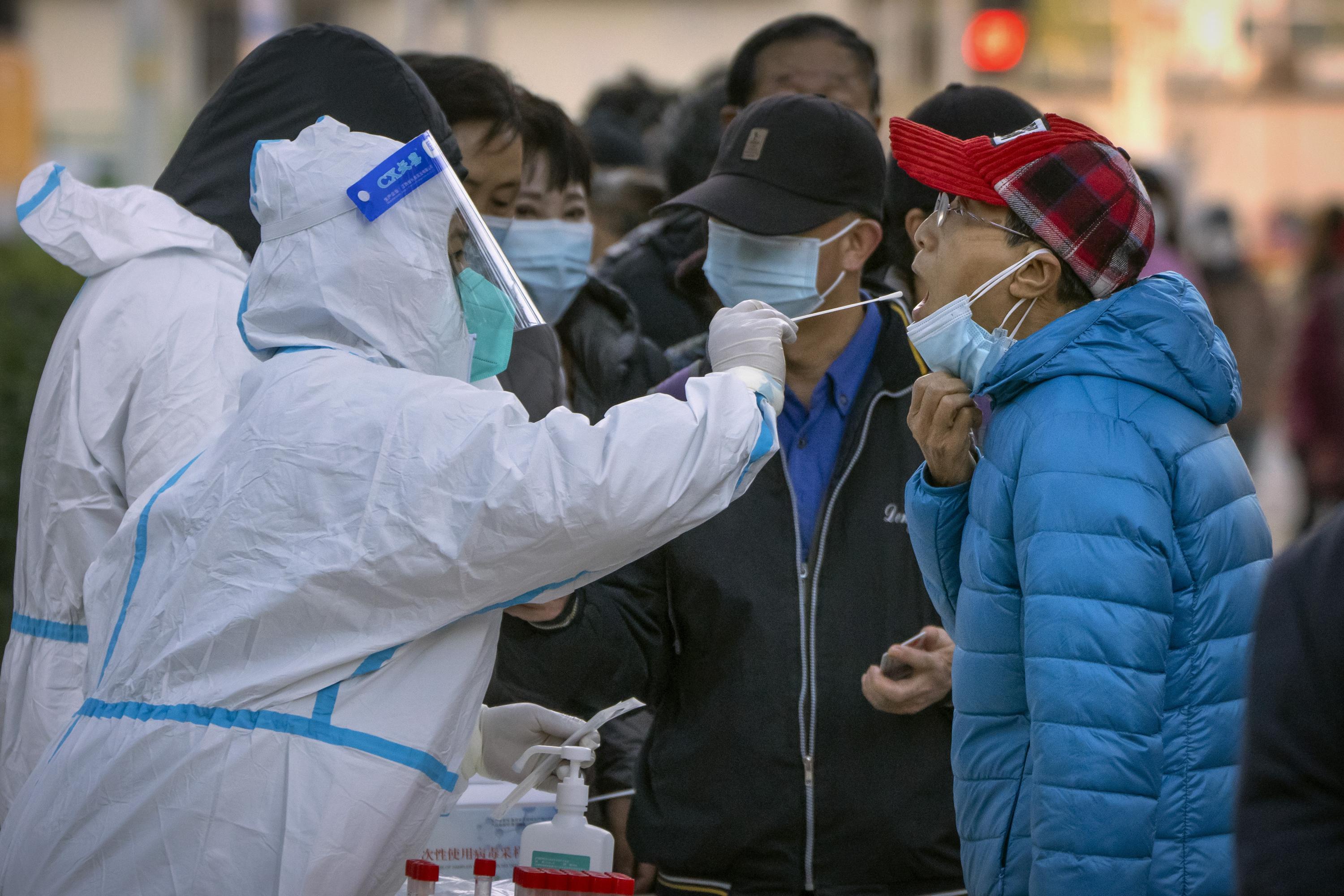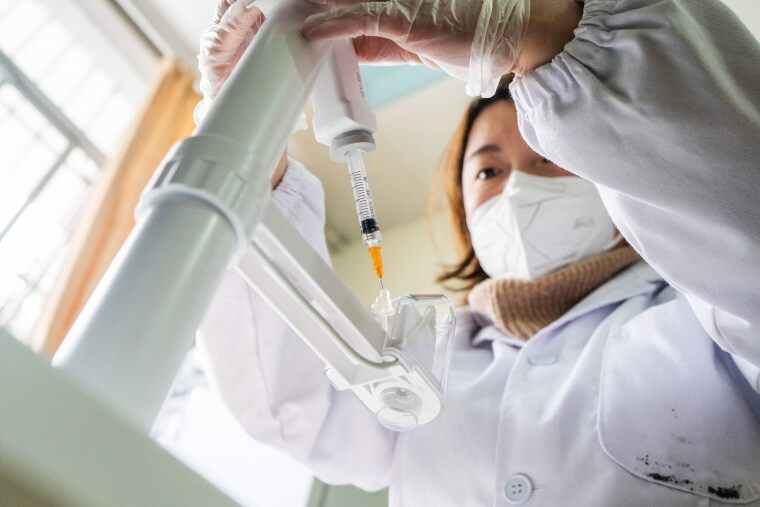
Authorities claim that new virus varieties are weaker, and China is relaxing some of the strictest anti-virus measures in the world. However, they have not yet indicated when they could abandon the “zero-Covid” plan, which has driven millions of people indoors, sparked unrest, and sparked calls for President Xi Jinping to step down.
For the first time in months, commuters in Beijing and at least 16 other cities were permitted to board buses and subways on Monday without having undergone a virus test in the previous 48 hours. While lifting most restrictions on mobility and reopening markets and companies, industrial hubs like Guangzhou, close to Hong Kong, have maintained restrictions in areas with infected neighbourhoods.
The government made plans to immunize millions of individuals in their 70s and 80s public last week as a condition for lifting “zero-COVID” restrictions that keep the majority of tourists out of China and have hampered production and international trade.
That raised hopes for “zero Covid” to stop quickly. However, health professionals and economists caution that before vaccination rates are high enough and hospitals are ready to handle a potential outbreak of illnesses, it won’t be until around 2023 or possibly 2024.
“China is not ready for a fast reopening yet,” said Morgan Stanley economists in a report Monday. “We expect lingering containment measures. … Restrictions could still tighten dynamically in lower-tier cities should hospitalizations surge.”
The modifications were made in response to protests calling for an end to “zero Covid,” but they are in keeping with earlier Communist Party commitments to lessen disruption by relaxing quarantine and other restrictions. There is no sign that any adjustments may have been made in reaction to protests in Shanghai and other places, despite the fact that they have been widely reported in an apparent effort to appease the people.
While the United States and other big nations relax restrictions and attempt to live with the virus that has killed at least 6.6 million people and infected nearly 650 million, China is the only major nation currently working to stop the spread.
After at least 10 individuals lost their lives in an apartment building fire in Urumqi, China, on November 25, protests started. Authorities refuted claims that closed doors or other anti-virus measures prevented firemen or victims from getting help. However, the catastrophe came to represent the public’s displeasure.
The Communist Party stated that it would make “zero Covid” less expensive and disruptive but that it would still adhere to the general containment plan prior to the demonstrations.
The party previously declared changes to the plan to sharpen it. Instead of shutting down entire cities, authorities started restricting access to infected buildings or districts. However, a rise in instances that began in October caused authorities in China to close schools and keep families in small rooms for extended periods of time.
Authorities warn that regulations are “further optimizing” and urge the nation to maintain vigilance.
China faces “new situations and tasks” due to the “weakening of the pathogenicity” of the latest omicron variant, deputy premier in charge of the anti-virus campaign, Sun Chunlan, said last week. She said China has “effective diagnosis and treatment” and has vaccinated more than 90% of its people.
According to Xinhua, China’s state-run news agency, Sun stated that the ruling party is attempting to strike a balance between “epidemic prevention, economic stability, and security for development” on Wednesday during a session with health experts.
Beijing and other cities are advising some citizens to stay at home or impose other limits on neighbourhoods with illnesses notwithstanding the reforms.
The three airports and train stations in the Chinese capital demand proof of a recent virus test that was negative. Areas considered to be at high risk for illness still face further limits, according to Guangzhou and other cities.
In the large southwest metropolis of Chongqing, a hotspot in the most recent infection rise, it is still necessary to have a virus test that was negative within the previous 72 hours in order to enter public buildings. Some areas of Beijing still forbid dining in restaurants.
The government announced 30,014 new cases on Monday, including 25,696 cases with no symptoms. That was lower than the daily peak of around 40,000 from the previous week, but it was still very near China’s all-time highs.
Zero Covid has been used as evidence of China’s system’s superiority to that of the United States and other Western nations by Xi’s regime. China has reported 5,235 deaths since the pandemic began, compared to 1.1 million in the United States.





